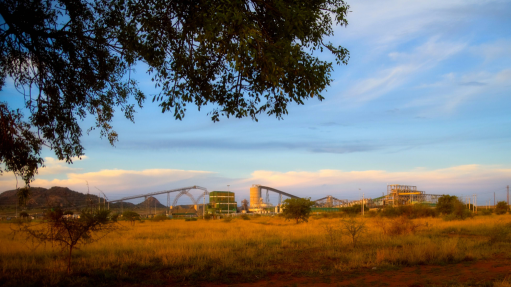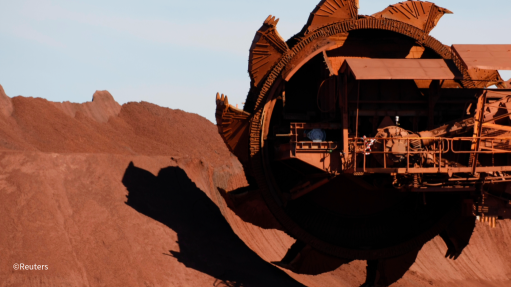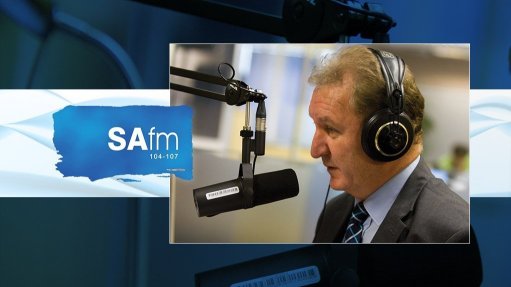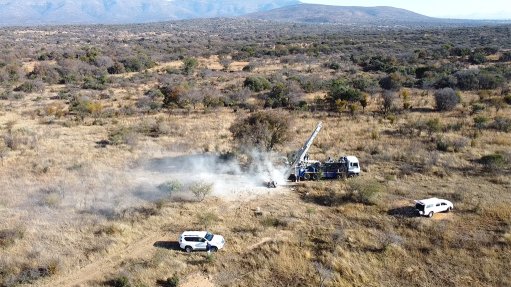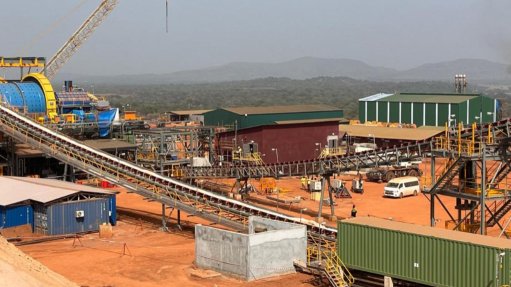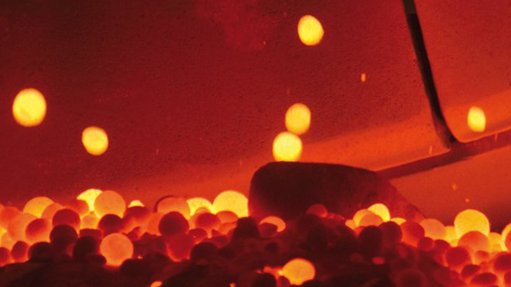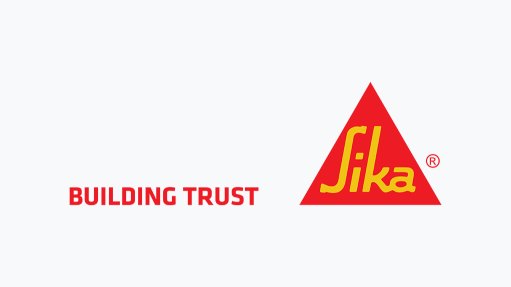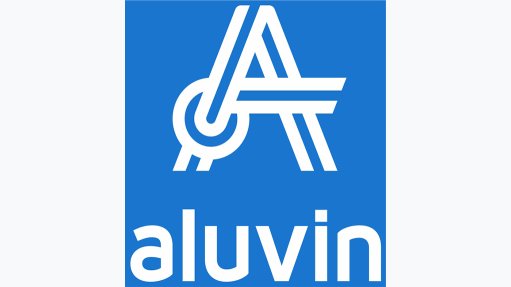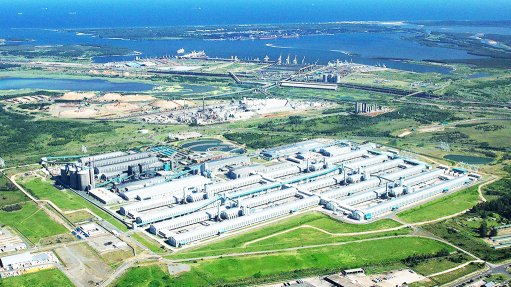Wheeler River uranium project, Canada – update

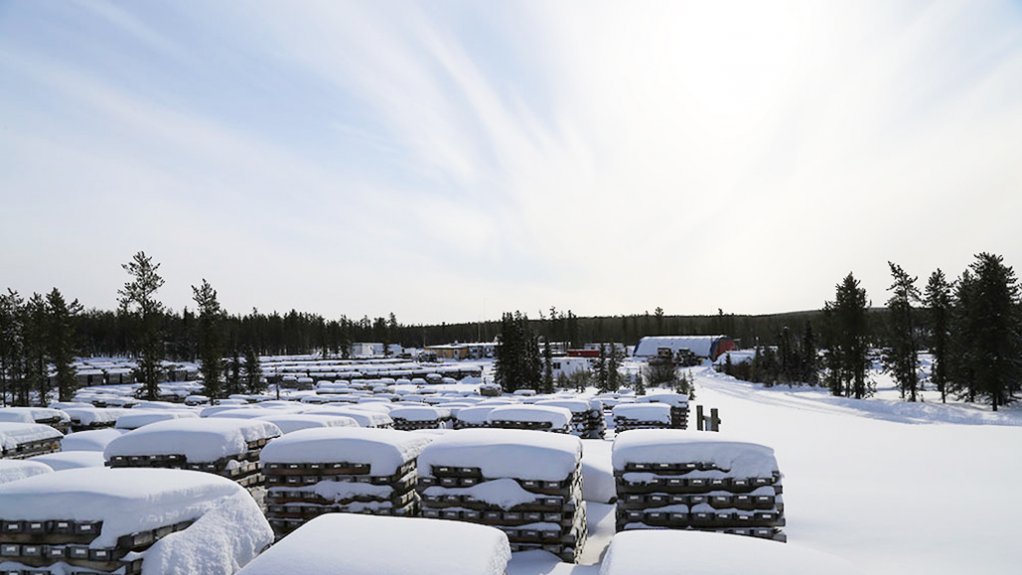
Photo by Denison Mines
Name of the Project
Wheeler River uranium project.
Location
Northern Saskatchewan, Canada.
Project Owner/s
Wheeler River Joint Venture (JV), comprising uranium project developer Denison Mines (90%), and exploration and development company JCU (Canada) Exploration Company (10%).
Project Description
Wheeler River is the biggest undeveloped uranium project in the eastern portion of the Athabasca basin. The project hosts two high-grade uranium deposits: Phoenix and Gryphon.
Phoenix
Phoenix is planned to be the first uranium ISR mining operation in the Athabasca basin region.
The June 2023 feasibility confirmed robust economics and the technical viability of an in situ recovery (ISR) uranium mining operation with low initial capital costs and a high rate of return.
The project has been divided into five phases, with 74 extraction wells, 172 injection wells and 22 monitoring wells.
Mining is planned to occur over a ten-year period, spanning 11 calendar years, with partial years of production occurring in the first and final calendar year of the production plan. Progressive reclamation and decommissioning are planned to start in each phase of the ore zone once production has ceased.
The Phoenix feasibility study calls for the construction of a processing plant on the Wheeler River site, which has been designed to receive uranium-bearing solution (UBS) from the wellfield for processing to a finished yellowcake product that meets industry standards.
Once the UBS is received at the processing plant, removal of impurities, such as iron and radium, will occur through Stage 1 (iron/radium) precipitation. The purified leach solution will feed the Stage 2 yellowcake precipitation circuit, after which the yellowcake product is dried and packaged for shipment. The processing plant has been designed based on an average uranium head grade of the UBS recovered from the wellfield of 22 g/ℓ and is expected to recover 96.5% of the uranium feed contained in the UBS after a six-month ramp-up period of the plant.
Taken together with planned subsequent recoveries of uranium contained in the Stage 1 (iron/radium) precipitation product, total recovered uranium of 56.2-million pounds uranium is planned to be available for sale – representing a combined 99% recovery rate.
Gryphon
The Gryphon project prefeasibility study update demonstrates that the underground development is a positive potential future use of cash flows generated from Phoenix, as it is able to leverage existing infrastructure to provide an additional source of low-cost production.
Access to the deposit is planned to be through a primary production shaft with a diameter of 6.1 m, installed using a blind boring method to a depth of 550 m below surface. A ventilation shaft, with a diameter of 5.8 m, is also planned to be excavated through blind boring to a depth of 550 m. Both shafts will be lined with a watertight steel/concrete composite liner.
Access from the shaft to the mine workings will be through a single ramp, located on the hanging wall of the deposit. Mining is planned to consist of conventional underground longhole stoping mining methods, with longitudinal retreat expected as the main approach. Mined stopes will be backfilled using a combination of rockfill, cemented rockfill and hydraulic fill.
Overall, 49.7-million pounds of uranium over 1.26-million tonnes grading 1.8% uranium are planned to be extracted from Gryphon over an estimated 6.5-year mine life.
While the proposed Gryphon mine has the potential to exceed this rate of production, the study constrains mine production based on the expected processing capacity of nine-million pounds of uranium a year.
Potential Job Creation
Not stated.
Net Present Value/Internal Rate of Return
Phoenix has a base case pretax net present value (NPV), at an 8% discount rate, of $2.34-billion (100% ownership-basis) and an internal rate of return (IRR) of 105.9%, with a payback of ten months.
Gryphon has a base case pretax NPV, at an 8% discount rate, of $1.43-billion (100% basis) and an IRR of 41.4%, with a payback of 20 months.
Capital Expenditure
Estimated preproduction capital costs for Phoenix are estimated below $419.4-million.
Initial capital costs for Gryphon are estimated at $737.4-million.
Planned Start/End Date
Denison is aiming for first production from the Phoenix ISR operation by 2027/28.
Latest Developments
Denison Mines Corp has filed its final environmental-impact statement (EIS) with the Canadian Nuclear Safety Commission following completion of the federal technical review.
The EIS shows that the project can be built, operated and decommissioned while achieving a superior standard of environmental sustainability when compared with conventional uranium mining operations.
Denison has also executed an agreement with Cosa Resources Corp to form three uranium exploration joint ventures in the eastern portion of the Athabasca basin region, in northern Saskatchewan. Pursuant to the agreement, Cosa will acquire a 70% interest in Denison's 100%-owned Murphy Lake North, Darby and Packrat properties in exchange for about 14.2-million Cosa common shares, $2.25-million in deferred equity consideration and a commitment to spend $6.5-million in exploration expenditures at Murphy Lake North and Darby.
Key Contracts, Suppliers and Consultants
Wood Canada, WSP USA Environment and Infrastructure Inc, SRK Consulting (Canada) Inc and Newmans Geotechnique Inc (Phoenix feasibility study); and Engcomp Engineering and Computing Professionals Inc, SLR International Corporation, Stantec Consulting and Hatch (Gryphon prefeasibility study update).
Contact Details for Project Information
Denison Mines, tel +1416 979 1991, fax +1416 979 5893 or email info@denisonmines.com.
Article Enquiry
Email Article
Save Article
To advertise email advertising@creamermedia.co.za or click here
Comments
Press Office
Announcements
What's On
Subscribe to improve your user experience...
Option 1 (equivalent of R125 a month):
Receive a weekly copy of Creamer Media's Engineering News & Mining Weekly magazine
(print copy for those in South Africa and e-magazine for those outside of South Africa)
Receive daily email newsletters
Access to full search results
Access archive of magazine back copies
Access to Projects in Progress
Access to ONE Research Report of your choice in PDF format
Option 2 (equivalent of R375 a month):
All benefits from Option 1
PLUS
Access to Creamer Media's Research Channel Africa for ALL Research Reports, in PDF format, on various industrial and mining sectors
including Electricity; Water; Energy Transition; Hydrogen; Roads, Rail and Ports; Coal; Gold; Platinum; Battery Metals; etc.
Already a subscriber?
Forgotten your password?
Receive weekly copy of Creamer Media's Engineering News & Mining Weekly magazine (print copy for those in South Africa and e-magazine for those outside of South Africa)
➕
Recieve daily email newsletters
➕
Access to full search results
➕
Access archive of magazine back copies
➕
Access to Projects in Progress
➕
Access to ONE Research Report of your choice in PDF format
RESEARCH CHANNEL AFRICA
R4500 (equivalent of R375 a month)
SUBSCRIBEAll benefits from Option 1
➕
Access to Creamer Media's Research Channel Africa for ALL Research Reports on various industrial and mining sectors, in PDF format, including on:
Electricity
➕
Water
➕
Energy Transition
➕
Hydrogen
➕
Roads, Rail and Ports
➕
Coal
➕
Gold
➕
Platinum
➕
Battery Metals
➕
etc.
Receive all benefits from Option 1 or Option 2 delivered to numerous people at your company
➕
Multiple User names and Passwords for simultaneous log-ins
➕
Intranet integration access to all in your organisation







